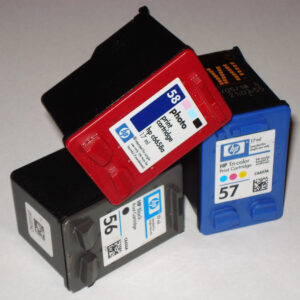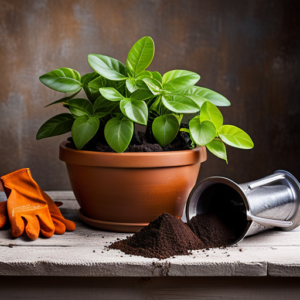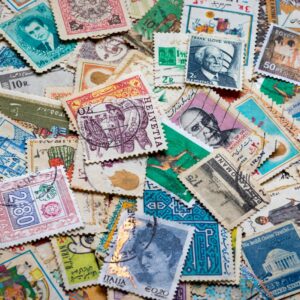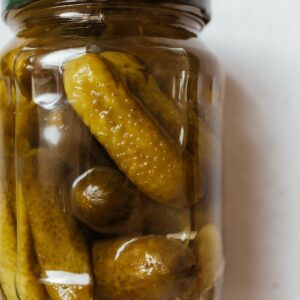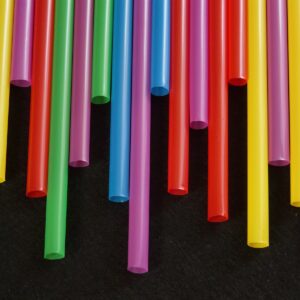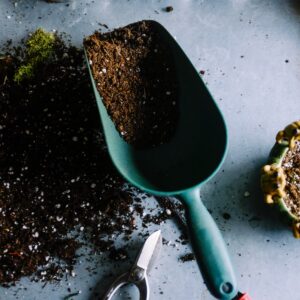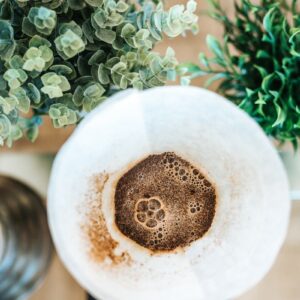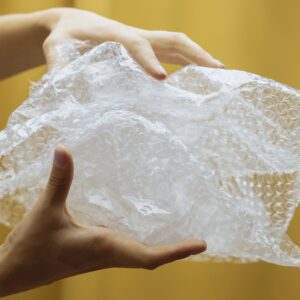The answer to whether you can reuse plastic water bottles depends on the type of plastic used. Health experts recommend not reusing plastic #1 bottles, which typically include disposable water, soda, and juice bottles. However, if the bottle is marked with a “2,” it may be reused after being thoroughly cleaned and checked for any damage. It is important to remember that plastic water bottles are intended for single use, and reusing them could cause contamination and bacteria growth. If reusing is unavoidable, ensure that the bottle is properly cleaned before usage and dispose of it within 24 hours.
Bottled water is often packaged in bottles made of polyethylene terephthalate (PET or PETE). This type of plastic is considered safe for one-time use, but not for reuse. Repeated use of PET bottles can lead to the growth of bacteria, making it unsafe for consumption.
BPA (bisphenol A) and antimony are two chemicals found in plastic bottles that can cause health problems. BPA is a known endocrine disruptor, while antimony is a carcinogen. Repeated use of plastic bottles can increase the risk of these chemicals leaching into the water, which can be harmful to health.
Table of Contents
Factors to Consider
It is important to note that plastic water bottles are designed for single-use, and reusing them can lead to contamination and bacterial growth. If you must reuse a plastic water bottle, make sure to wash it properly first and discard it after 24 hours. Here are some other factors to consider:
– Type of plastic: Look for bottles made from plastic #2 (HDPE) or plastic #5 (PP), which are more durable and less likely to leach harmful chemicals into your water.
– Condition of the bottle: Check for cracks, dents, or other damage that could harbour bacteria or affect the integrity of the plastic.
– Age of the bottle: The longer a plastic water bottle sits around, the more likely it is to break down and leach chemicals into your water.
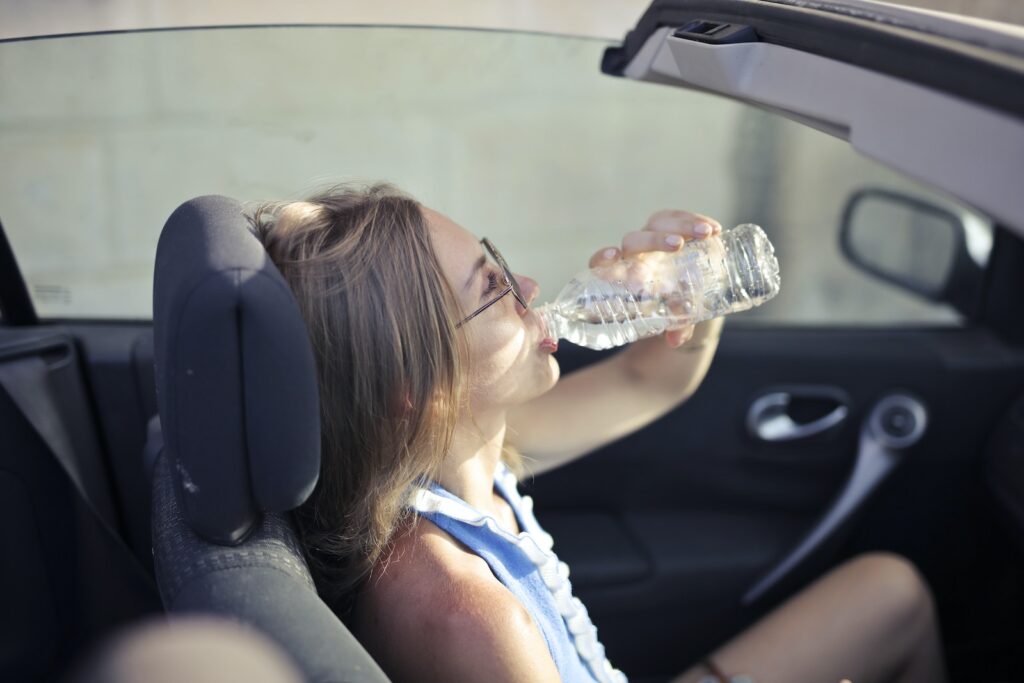
Do’s and Don’ts
If you decide to reuse a plastic water bottle, here are some do’s and don’ts to keep in mind:
Do:
– Wash the bottle thoroughly with soap and hot water before refilling.
– Store the bottle in a cool, dry place away from direct sunlight.
– Discard the bottle after 24 hours.
Don’t:
– Freeze the bottle, as this can cause it to break down and release harmful chemicals.
– Microwave the bottle, as this can also cause it to break down and release harmful chemicals.
– Use the bottle for hot liquids, as this can increase the risk of leaching.
Steps to Follow
If you want to reuse a plastic water bottle, follow these steps:
1. Wash the bottle with soap and hot water.
2. Rinse the bottle well and allow it to air dry.
3. Store the bottle in a cool, dry place away from direct sunlight.
4. Refill the bottle with water or another beverage, and use it within 24 hours.
5. Recycle (or discard 🙁 ) the bottle after 24 hours.
In conclusion, while it is generally not recommended to reuse plastic water bottles, you can do so in certain circumstances. Look for bottles made from plastic #2 or #5, and make sure the bottle is in good condition and washed thoroughly before reuse. Remember to discard the bottle after 24 hours, and avoid freezing or microwaving the bottle or using it for hot liquids. By following these guidelines, you can make it safe to reuse plastic bottles and help reduce waste.
If you are looking for a more environmentally friendly option, consider using a reusable water bottle made of stainless steel or glass. These materials are free of harmful chemicals and can be used over and over again. Not only will this reduce the amount of plastic waste in landfills, but it can also save you money in the long run.
Plastic Water Bottle Repurpose Ideas
There are many creative ways to repurpose plastic water bottles. Here are some ideas:
Sure, here’s a step-by-step guide for each of the ideas:
- Use them as planters for flowers or herbs:
- Clean the plastic bottles and remove any labels.
- Cut off the top part of the bottle with scissors or a knife.
- Poke holes in the bottom of the bottle for drainage.
- Fill the bottle with soil and plant your flowers or herbs.
- Water your plants regularly and place them in a sunny spot.
- Turn them into snack containers:
- Clean the plastic bottles and remove any labels.
- Cut off the top part of the bottle with scissors or a knife.
- Fill the bottle with your favorite snacks, such as nuts, popcorn, or trail mix.
- Replace the top of the bottle and seal it with tape or a lid.
- Take your snacks with you on the go!
- Create an urban garden:
- Collect several plastic bottles and remove any labels.
- Cut off the top part of each bottle with scissors or a knife.
- Fill each bottle with soil and plant your favorite vegetables or herbs.
- Arrange the bottles in a sunny spot, such as a windowsill or balcony.
- Water your plants regularly and watch them grow!
- Make a chandelier:
- Collect several plastic bottles and remove any labels.
- Cut off the bottom part of each bottle with scissors or a knife.
- Use a hot glue gun to attach the bottles to a wire frame or hoop.
- Add LED lights or candles to the center of the chandelier.
- Hang the chandelier in a room or outdoor space for a unique lighting fixture.
- Use them as weights for exercise:
- Fill the plastic bottles with water or sand.
- Use them as weights for arm curls, squats, or lunges.
- Adjust the amount of water or sand in each bottle to vary the weight.
- Cut them into strips to make a broom:
- Collect several plastic bottles and remove any labels.
- Cut off the bottom part of each bottle with scissors or a knife.
- Cut the remaining plastic into thin strips.
- Bind the strips together with string or wire to create a broom.
- Use the broom to sweep your floors or outdoor spaces.
- Use them as bird feeders:
- Cut the plastic bottle in half with scissors or a knife.
- Make two small holes near the top of the bottle.
- Thread a piece of string or wire through the holes and tie a knot at the top.
- Fill the bottom half of the bottle with birdseed.
- Replace the top half of the bottle and hang it outside for the birds to enjoy.
- Make a DIY sprinkler for your lawn:
- Use a needle or pin to poke small holes in the top of a plastic bottle.
- Fill the bottle with water and screw on the top.
- Hold the bottle upside down and shake it to create a spray of water.
- Place the bottle on your lawn and enjoy a homemade sprinkler system.
- Use them as storage containers for small items:
- Clean the plastic bottles and remove any labels.
- Cut off the top part of the bottle with scissors or a knife.
- Use the bottom part of the bottle to store small items, such as beads, buttons, or screws.
- Replace the top of the bottle and label it for easy organization.
- Stack the bottles on a shelf or in a drawer to save space.
These are just a few ideas for repurposing plastic water bottles. With a little creativity, you can find many more ways to give new life to these common household items.

